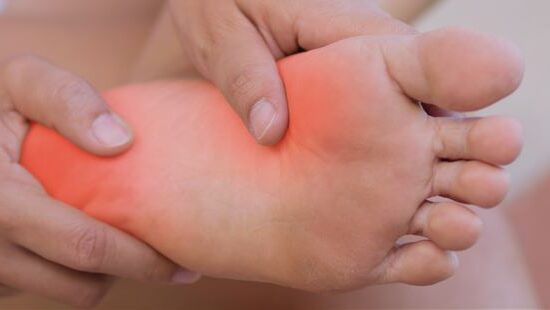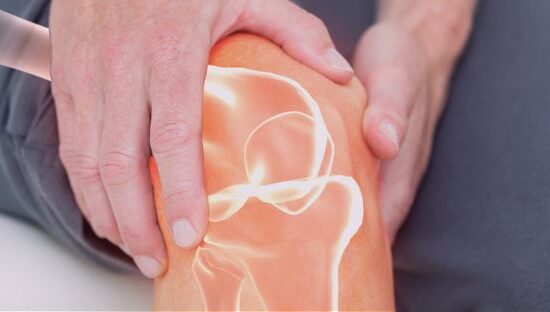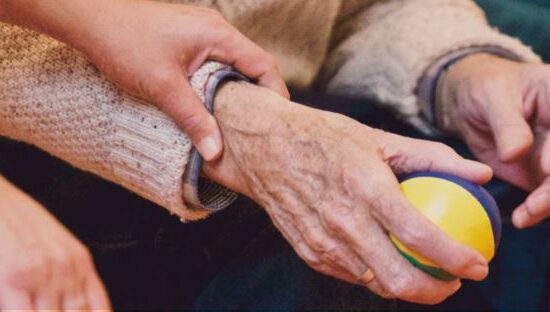What is cerebral palsy?
The term cerebral palsy refers to a set of permanent movement and posture disorders. These are caused by brain injuries that occurred during the development of the fetus or the infant.
Where does it come from?
Brain damage may be due to several factors occurring at different stages of the brain’s development.
During pregnancy or childbirth:
- Blood incompatibility (Rhesus factor);
- Contracting by the mother of certain viruses or infections;
- Taking contraindicated medications, alcohol or drugs;
- A lack of oxygen to the baby’s brain due to complications during childbirth.
After birth:
- A disease, such as meningitis;
- An accident;
- Premature birth (higher risk of complications).
How can it be recognized?
The disorders associated with cerebral palsy are of motor origin and are sometimes, but not systematically, accompanied by an intellectual disability. These are primarily sensory, perceptive and cognitive disorders. The presence of visual and auditory disorders, epilepsy and various musculoskeletal problems is also frequent, as well as impairment of behavior and communication and language skills.
Solutions supporting people with cerebral palsy
Take advantage of assistance to mobility and accessibility
A wide range of support products and services exist in several fields. They help improve the quality of life both of the patient and the natural caregivers. Many solutions for assistance in walking and mobility, residential adaptation or home help and comfort are available to support people with cerebral palsy. They seek to respond to patients’ lesser and greater needs for assistance while providing them with comfort, independence, and safety.








